Chourico is the favorite of all Portuguese sausages that my Mom used to add flavor to meals, but for summer, it was placed on a charcuterie board to enjoy.
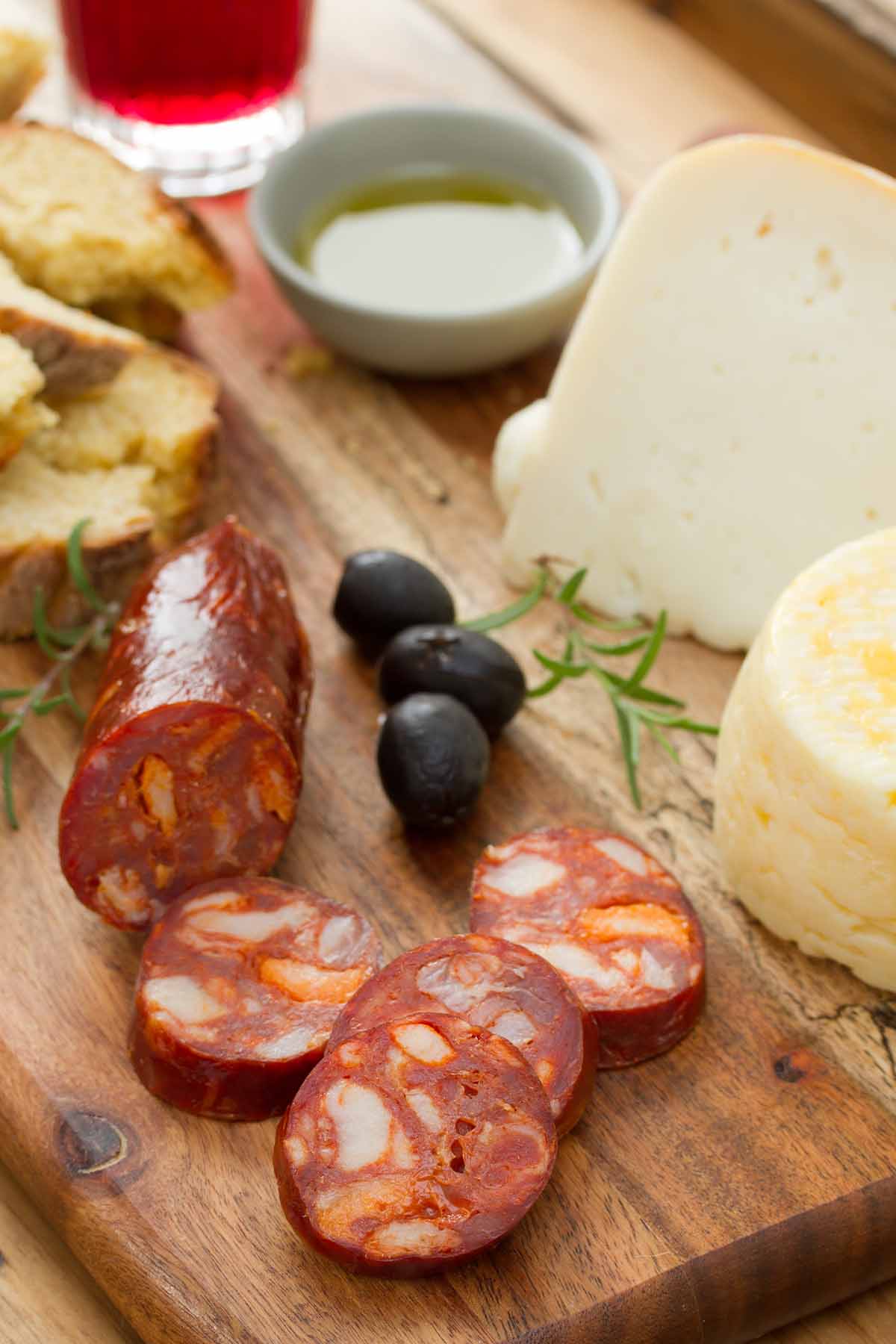
Portuguese chouriço as it is spelled in Portugal, is best known in Caldo Verde soup which is made of spicy sausage with kale. This chouriço sausage is immersed in Portuguese culture; every household has them in the refrigerator or own smokehouse!
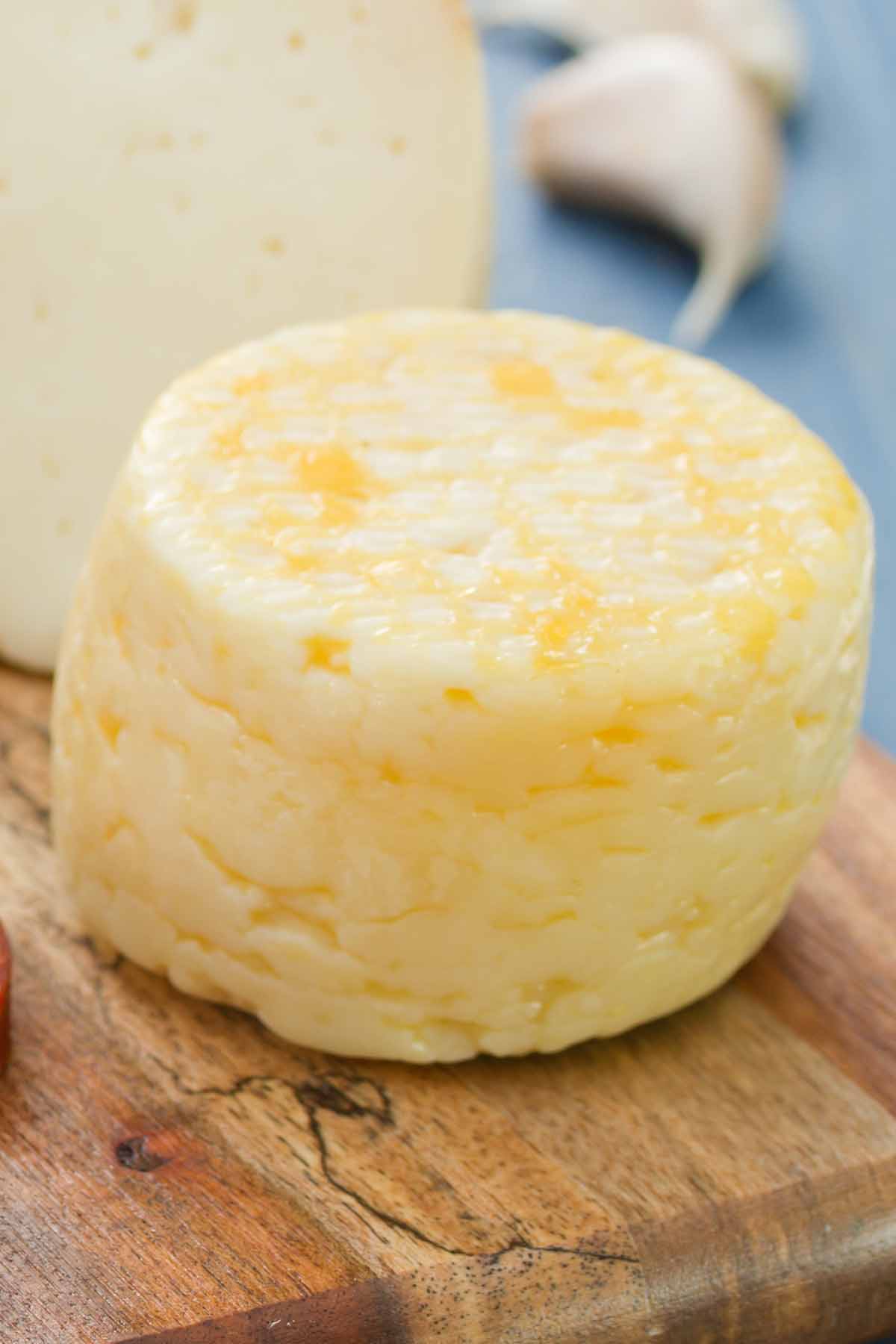
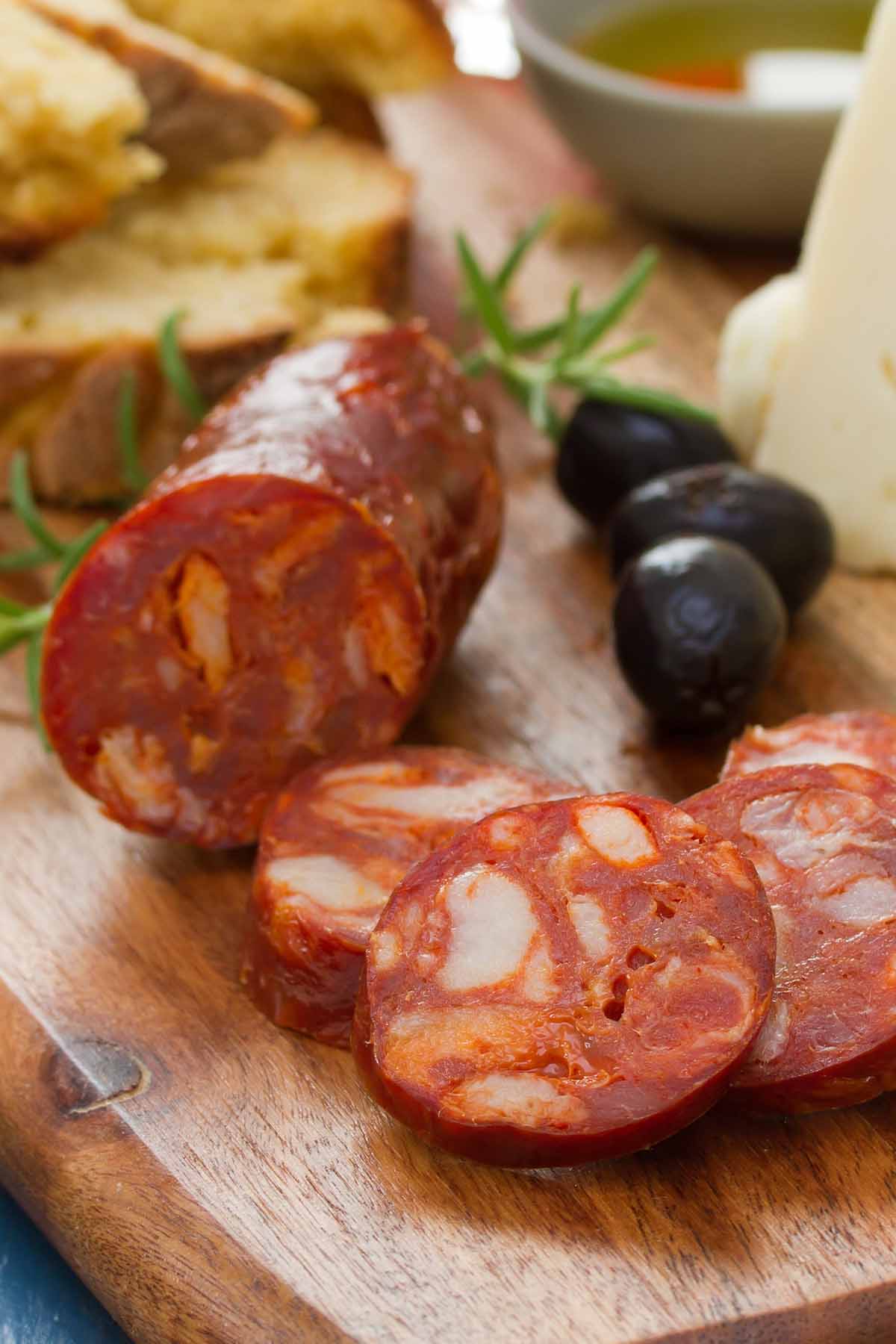
In rural Portugal, most people are known for making this pork sausage at home. As for my family, my aunts and mother would get together to make hundreds of Portuguese chourico to have for the year. It was an annual Fall tradition that took place and for weeks, the smell of smoked sausage lingered in the air.
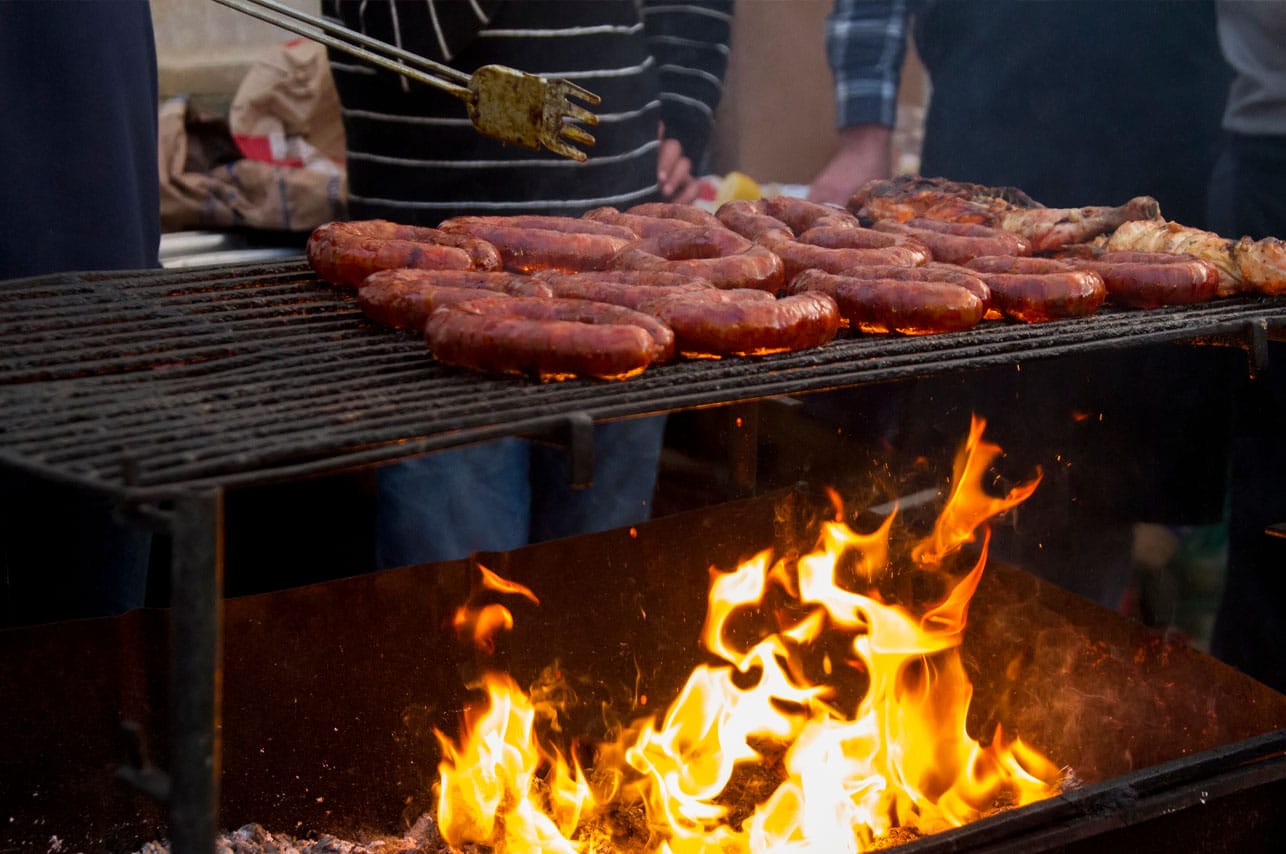
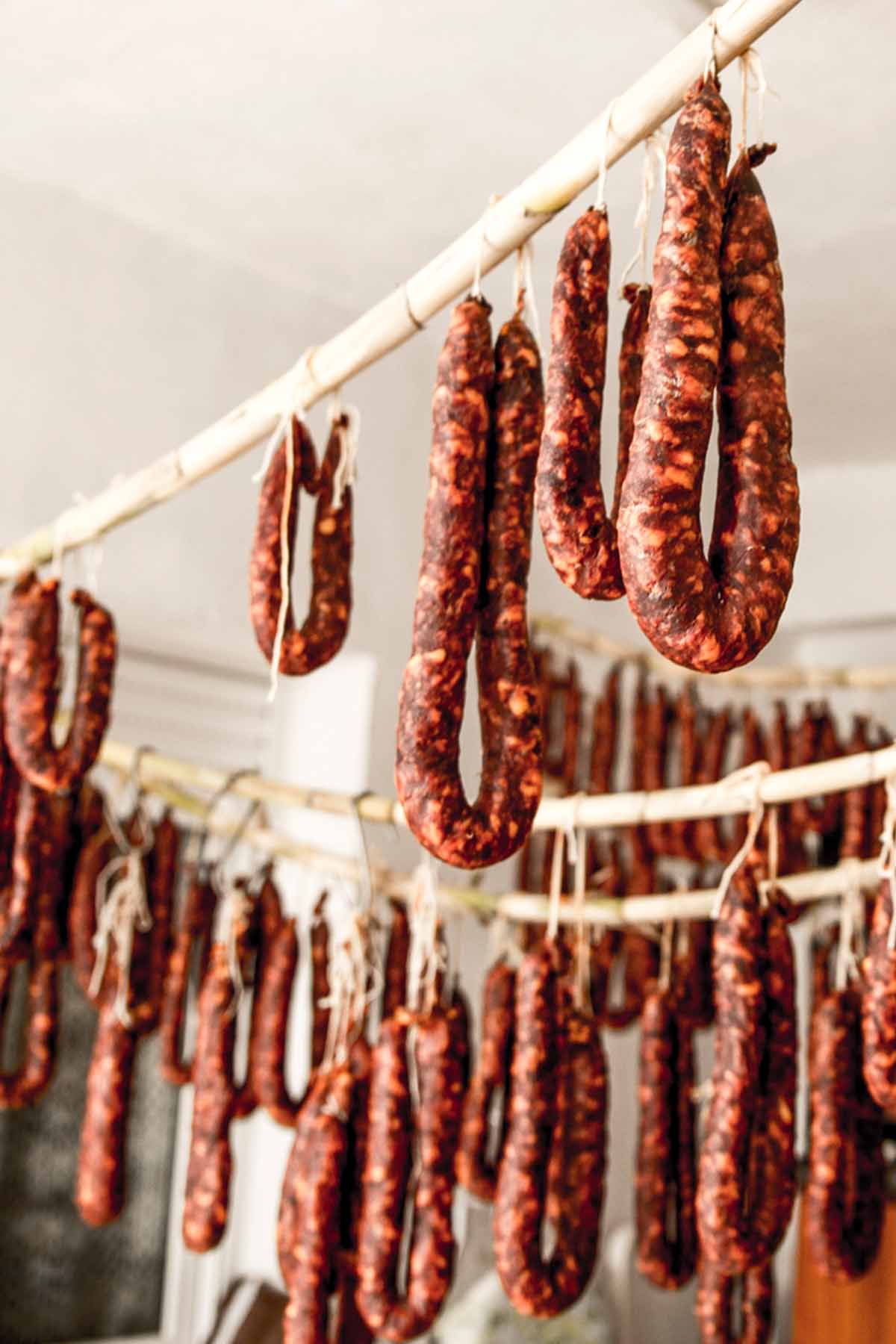
The process of making chouriço is lengthy and involves several key steps:
- Ingredients: The primary ingredients include pork (usually shoulder or other cuts with a good fat-to-meat ratio), garlic, paprika, red wine, and a variety of spices like cumin, black pepper, and sometimes cayenne pepper.
- Preparation: The pork is cut into small pieces and then different spices and garlic. The paprika gives chouriço its distinctive reddish color and a rich, smoky flavor.
- Mixing: The seasoned meat is mixed thoroughly, often with red wine, which adds moisture and enhances flavor. The mixture is then stuffed into natural pork casings.
- Stuffing: The seasoned meat is stuffed into beef casings. The sausages are then tied at intervals to create individual links.
- Curing: The sausages are hung in a cool, dry, and well-ventilated environment to cure. This can take several weeks. During this time, the chouriço dries out, develops its flavors, and becomes firm.
- Smoking (optional): In some recipes, chouriço is smoked, which adds a layer of flavor. The smoking process involves hanging the sausages in a smokehouse where they are exposed to smoke from burning wood chips.
- Aging: After curing, chouriço can be aged further to develop its flavor. The aging process can vary in length, depending on the desired taste and texture.
In the past, preserving meat for long periods was crucial due to the lack of refrigeration. Curing meat with salt, spices, and smoking helped to extend its shelf life and make it easier to transport.
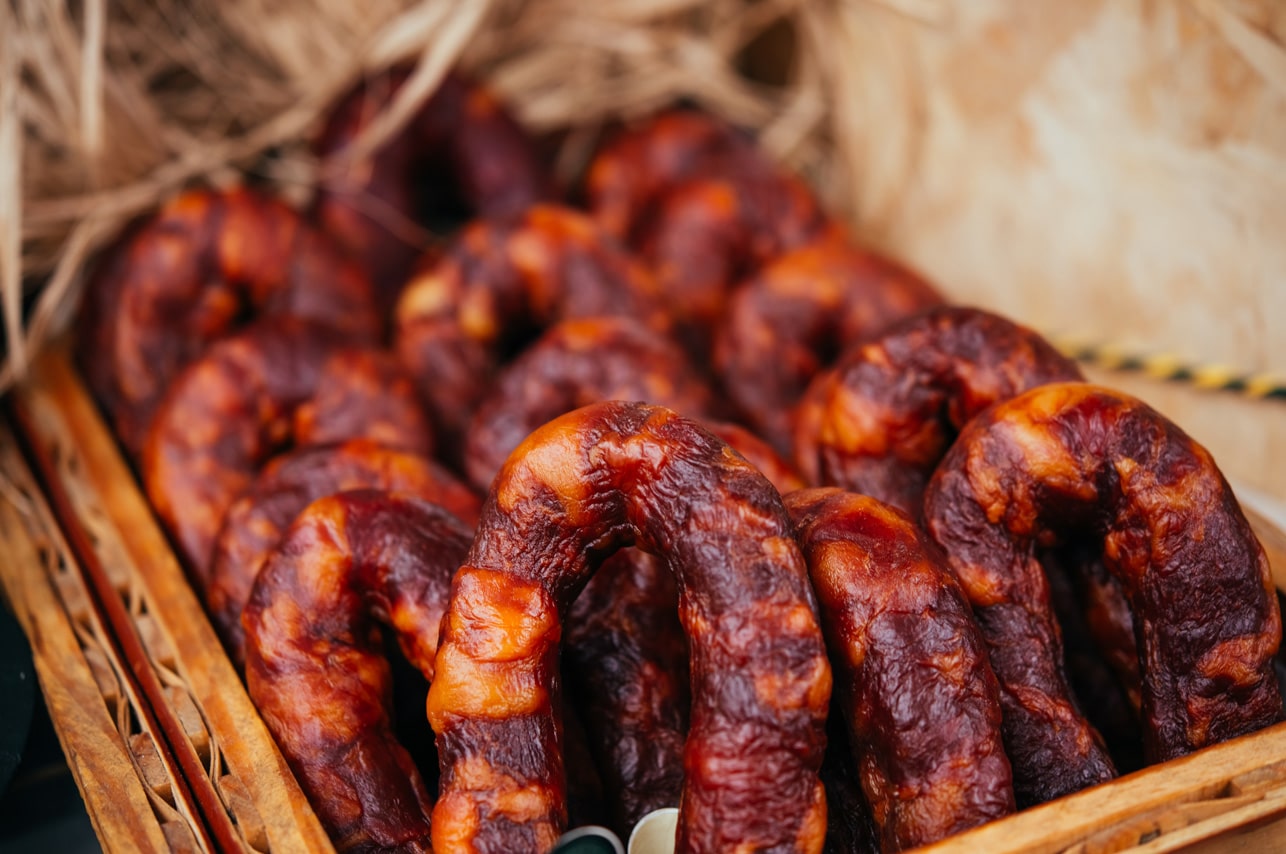
Portuguese chouriço, like other cured sausages, emerged as a practical solution to this need. Different regions in Portugal have their variations, influenced by local ingredients and heartier spiced flavor in certain towns.
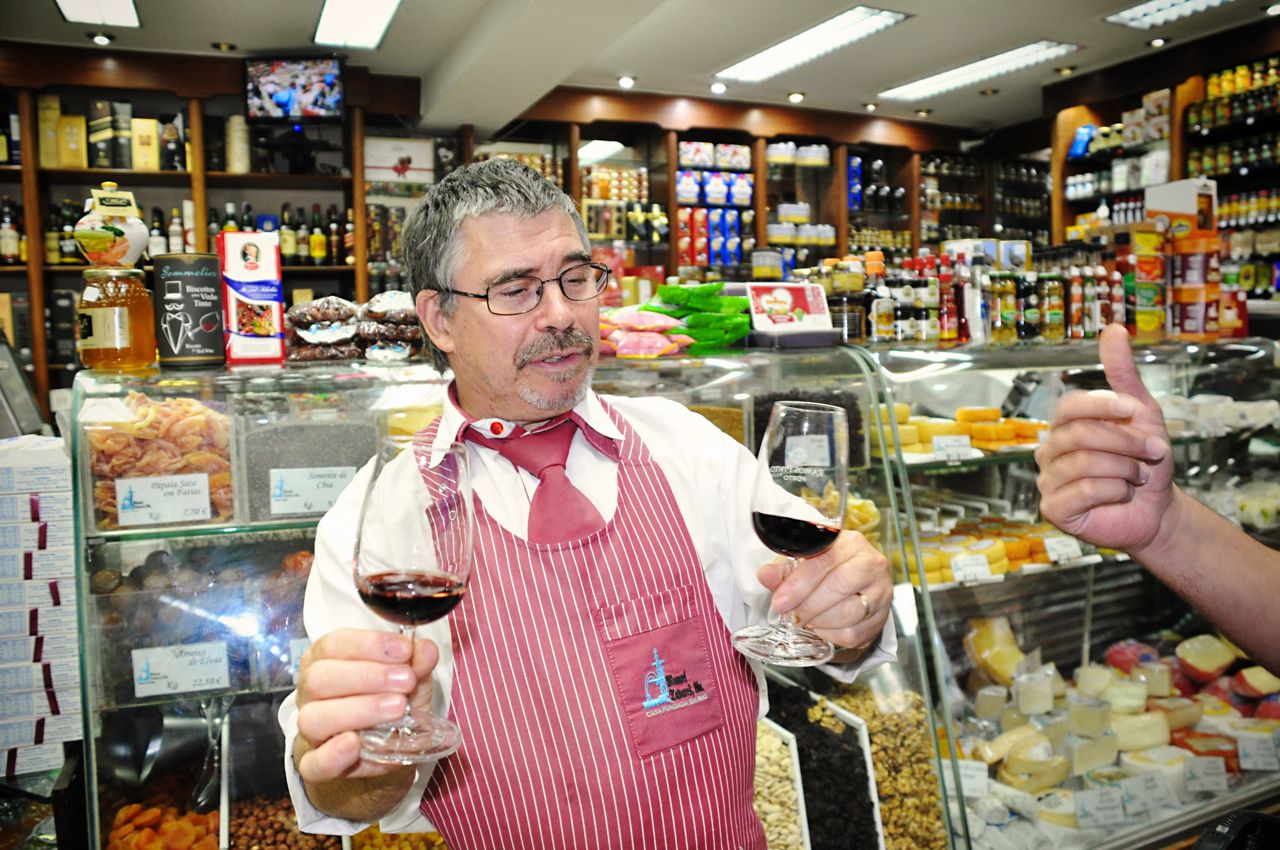
Some regions might use more paprika or different types of wine. Chouriço became embedded in Portuguese culture and cuisine, evolving into a cherished ingredient in many traditional dishes. Over time, recipes and techniques were passed down through generations, with each family or region adding its unique touches.
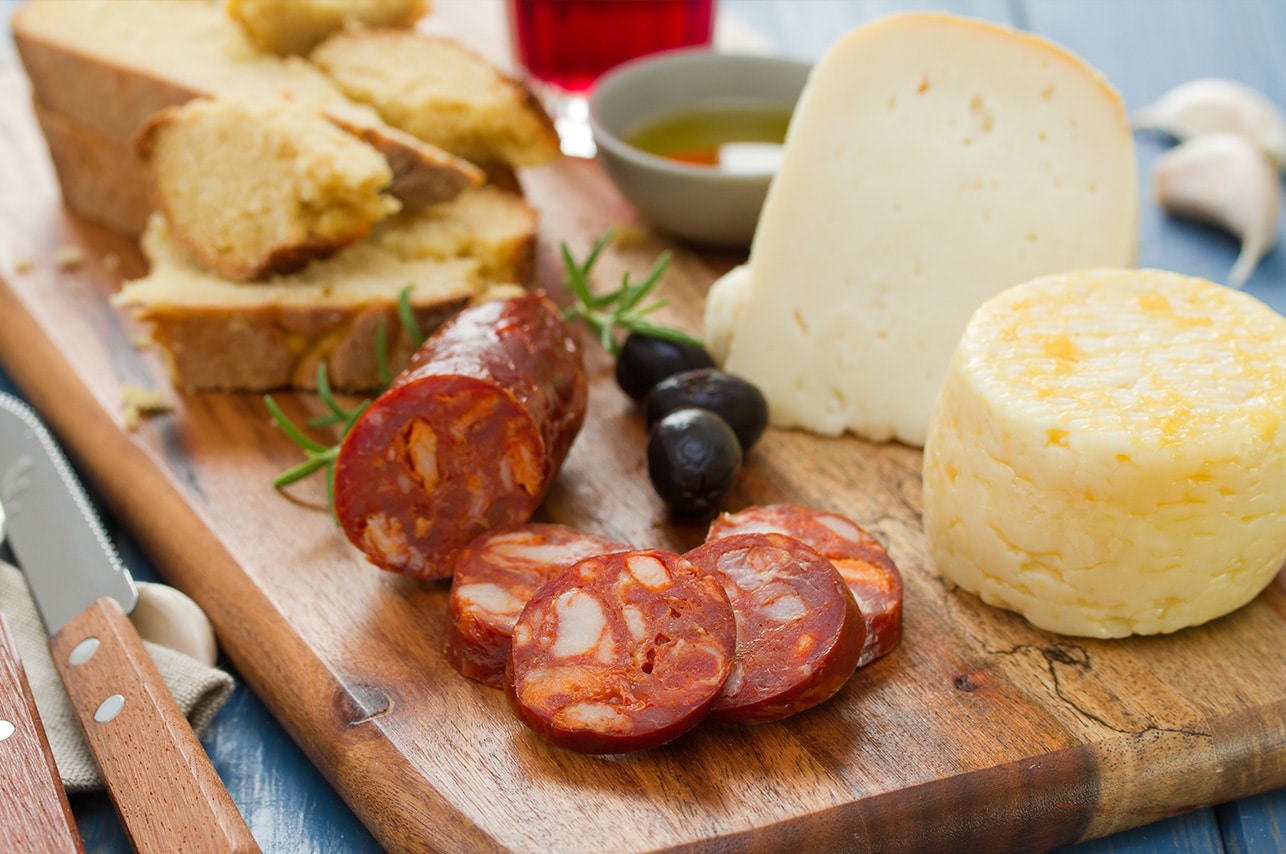
Today, my mom will make a regular trip to Portuguese stores in Fall River Massachusetts. Everyone in New England knows is where the chorizo, Portuguese linguica, seafood cheeses, sausages cookies, and let's not forget the seasonings sparkling juice & drinks along with olive oil. Now let me show you what I use to put my little afternoon snack of Portuguese Chourico Charcuterie Board in now time!
More Portuguese Recipes
Shop Items
All items can be found online the Portuguese Chourico Charcuterie Board, Remember most be 21 years of age to drink in the United States!

Portugalia Marketplace
489 Bedford Street | Fall River, MA 02720 | (508) 617-9820
Store Hours: Monday - Saturday: 8am - 6pm
Sunday: 9am - 2pm
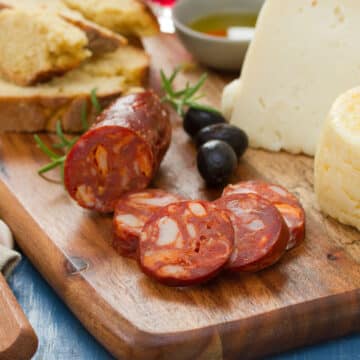
Portuguese Chourico Charcuterie Board
Ingredients
- 1 loaf crusty bread
- 1 goat cheese
- 1 Soft Sheep's Milk Cheese
- 1 chourico slices
- ½ cup olive oil
- 1 bottle Porto Wine
- 1 cup Maçarico Whole Black Olives
- Add Rosemary or parlsey for garnish
Instructions
- Slice, chourico, bread and cheese and arange on top of the board
- Place olives and oil in small bowls
- Garnish board with rosemary or pasley.
- Serve Port wine to enjoy a apéritif with the charcuterie! Enjoy!
Notes
- I slice everything except the bread if I am having company.
- Because it is so hot right now in Florida, I will make Sangria in the summer and Porto Wine in the fall. Remember most be 21 years of age to drink!


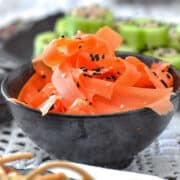
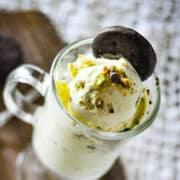

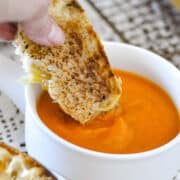



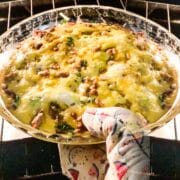

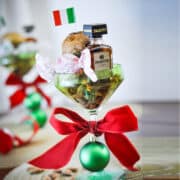
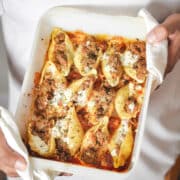
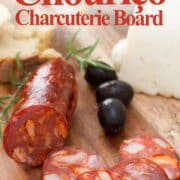
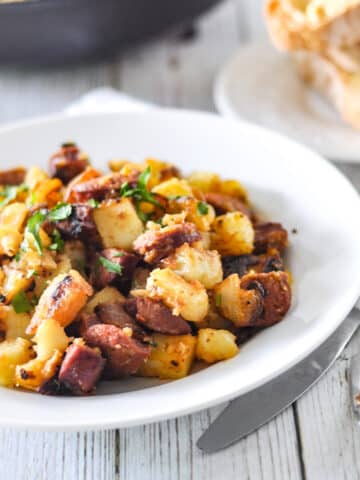

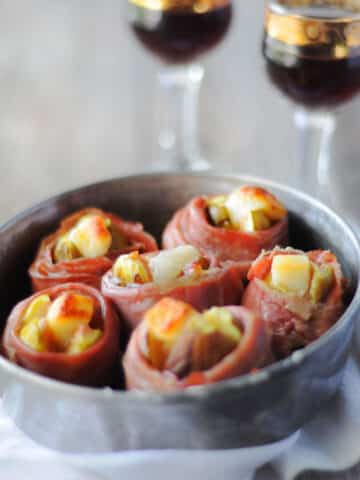
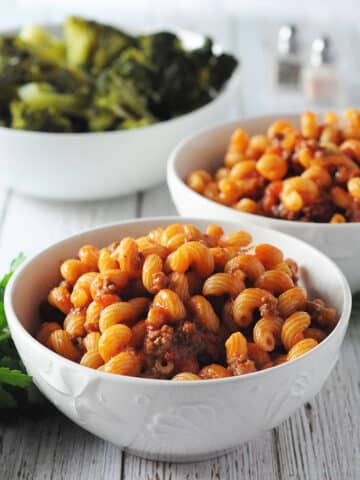
Leave a Reply